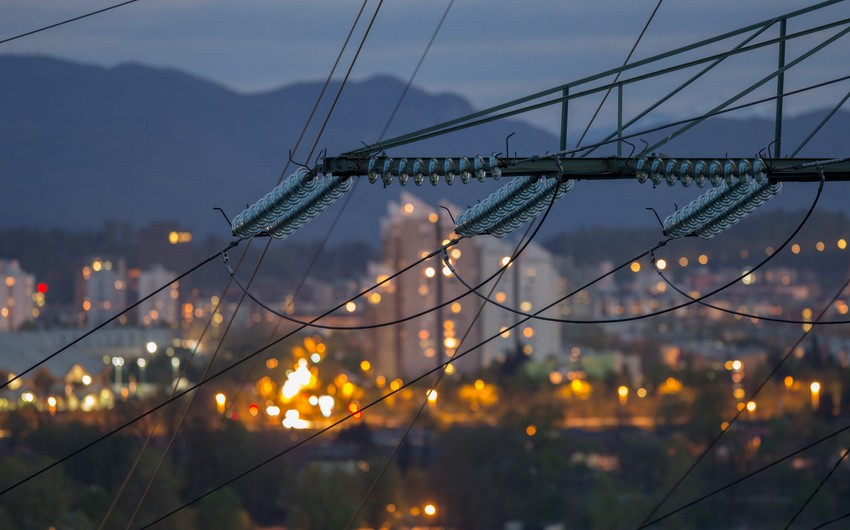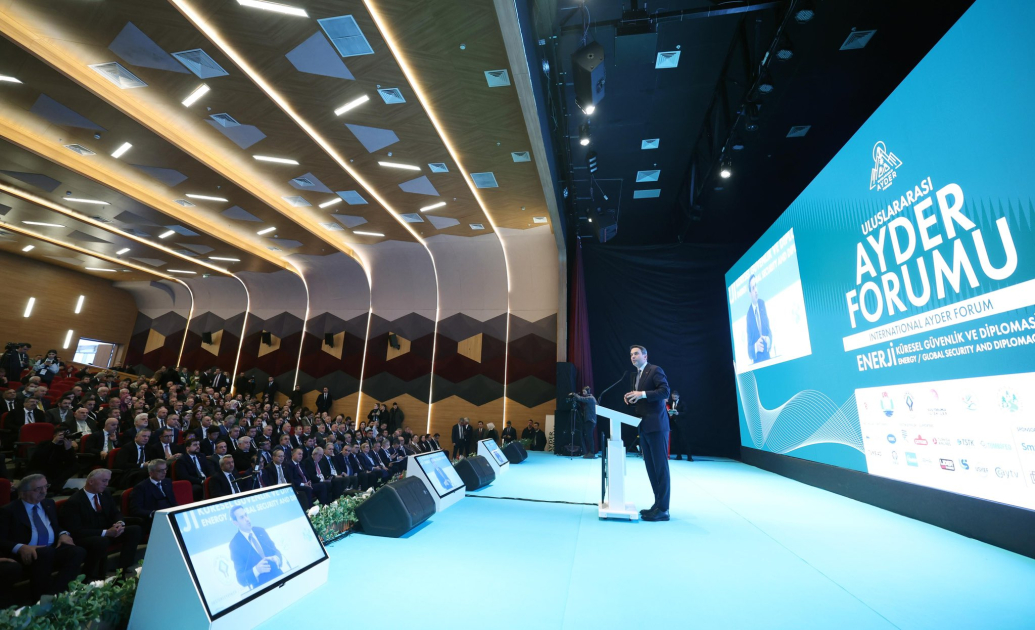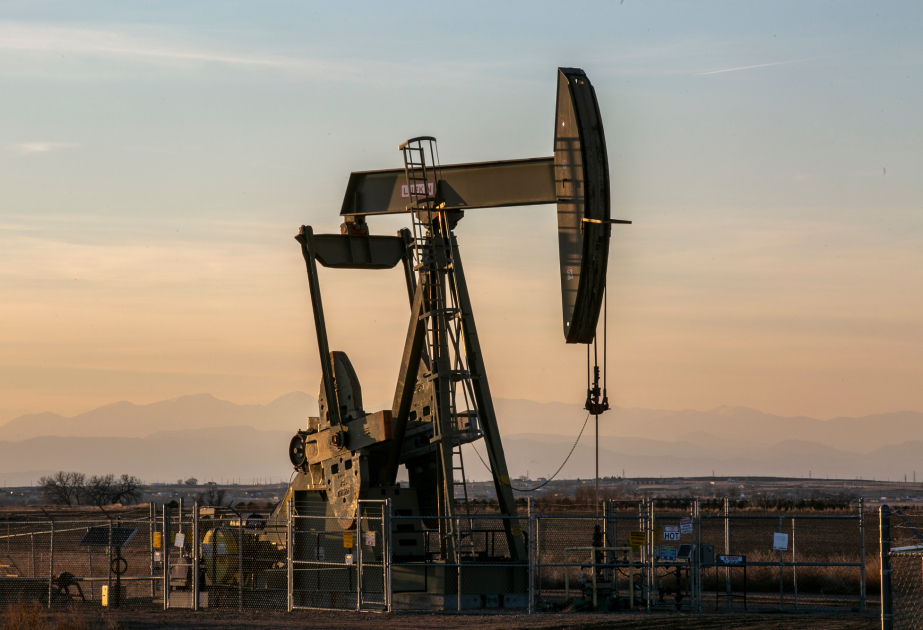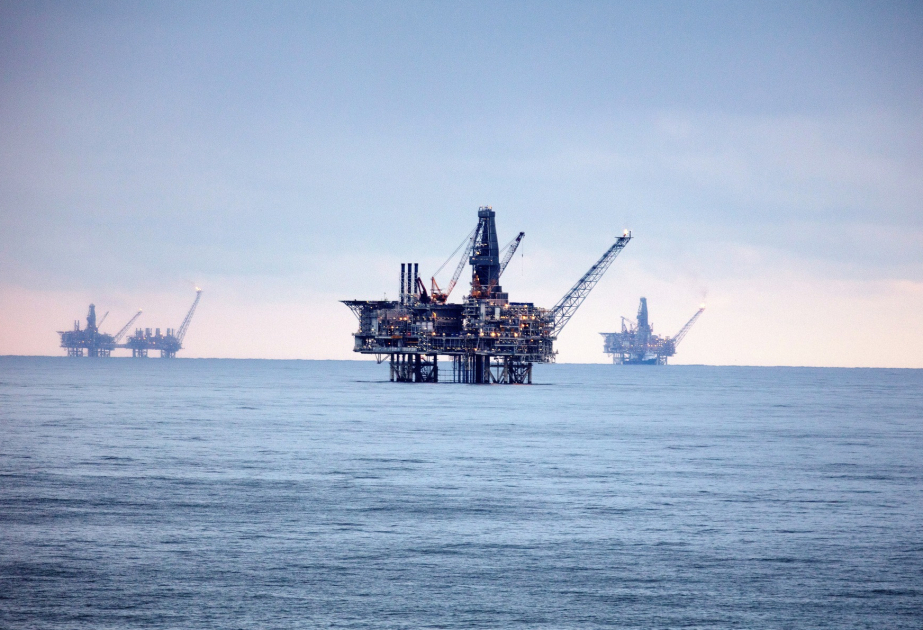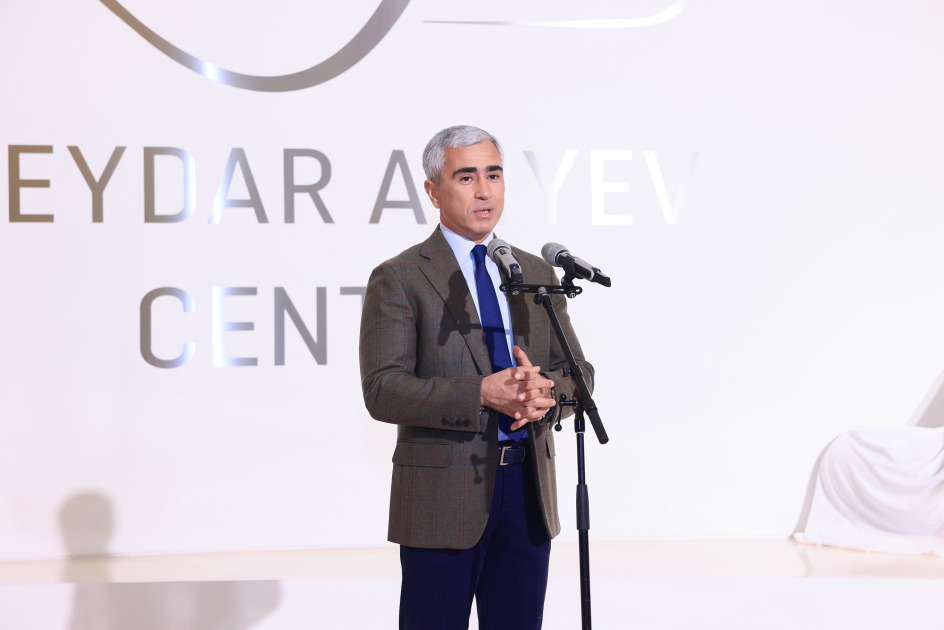In Azerbaijan, electricity demand growth is estimated to have eased to 1% in 2023 from more than 4% in 2022, marking a further slowdown compared to the 7% rebound recorded in 2021, Report informs, citing the International Energy Agency’s (IEA) Electricity 2024 – Analysis and forecast to 2026.
According to the IEA, the country’s electricity system is almost exclusively gas-fired powered: “Fossil-fired thermal generation remained stable in 2023, as renewables continued to increase. Hydropower output rose by 15%, while wind generation fell by 30%. Solar power generation rose by 30%. Overall, the share of renewables in Azerbaijan’s power remained broadly stable at around 6%. Electricity demand in Eurasia, excluding Kazakhstan and Russia, is expected to rise at an average growth rate of 3.5% per year in the 2024–2026 period. This will be largely supported by the region’s rising population and economic expansion, although the macroeconomic outlook has worsened since Russia’s invasion of Ukraine.”
“Countries in Eurasia post a recovery in consumption levels in 2023 despite the depressed economic climate. Following an annual average growth rate of 1.5% in 2015–2019, Eurasia’s electricity consumption growth slowed to 1% in 2022. Preliminary data suggests that the region’s electricity demand growth rebounded to around 1.5% in 2023. Russia alone accounted for about half of the incremental electricity demand in 2023. The region’s demand growth is expected to remain depressed compared to the pre-war period, at an annual rate of 1.2% over the 2024–2026 period.
“Fossil-fired generation is set to continue to dominate Eurasia’s electricity mix at a share of around 66% over the forecast period. While the pace of renewables deployment remains slow, improving nuclear availability in Russia is expected to reduce the CO2 intensity of power generation from 388 g CO2/kWh in 2023 to 382 g CO2/kWh in 2026.
“About 85% of the additional electricity through 2026 is set to come from outside advanced economies, mostly in the People’s Republic of China (hereafter, “China”), India, and Southeast Asia. Record-breaking electricity generation from low-emissions sources, which includes nuclear and renewable sources such as solar, wind, and hydro, is set to cover all global demand growth over the next three years. Low-emissions sources, which will reduce the role of fossil fuels in producing electricity globally, are forecast to account for almost half of the world’s electricity generation by 2026, up from 39% in 2023. Over the next three years, low-emissions generation is set to rise at twice the annual growth rate between 2018 and 2023—a consequential change, given that the power sector contributes the most to global carbon dioxide (CO2) emissions today,” the IEA said.


